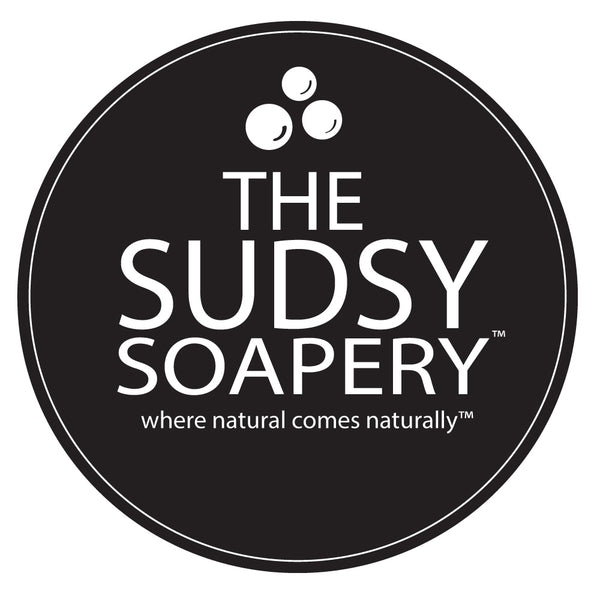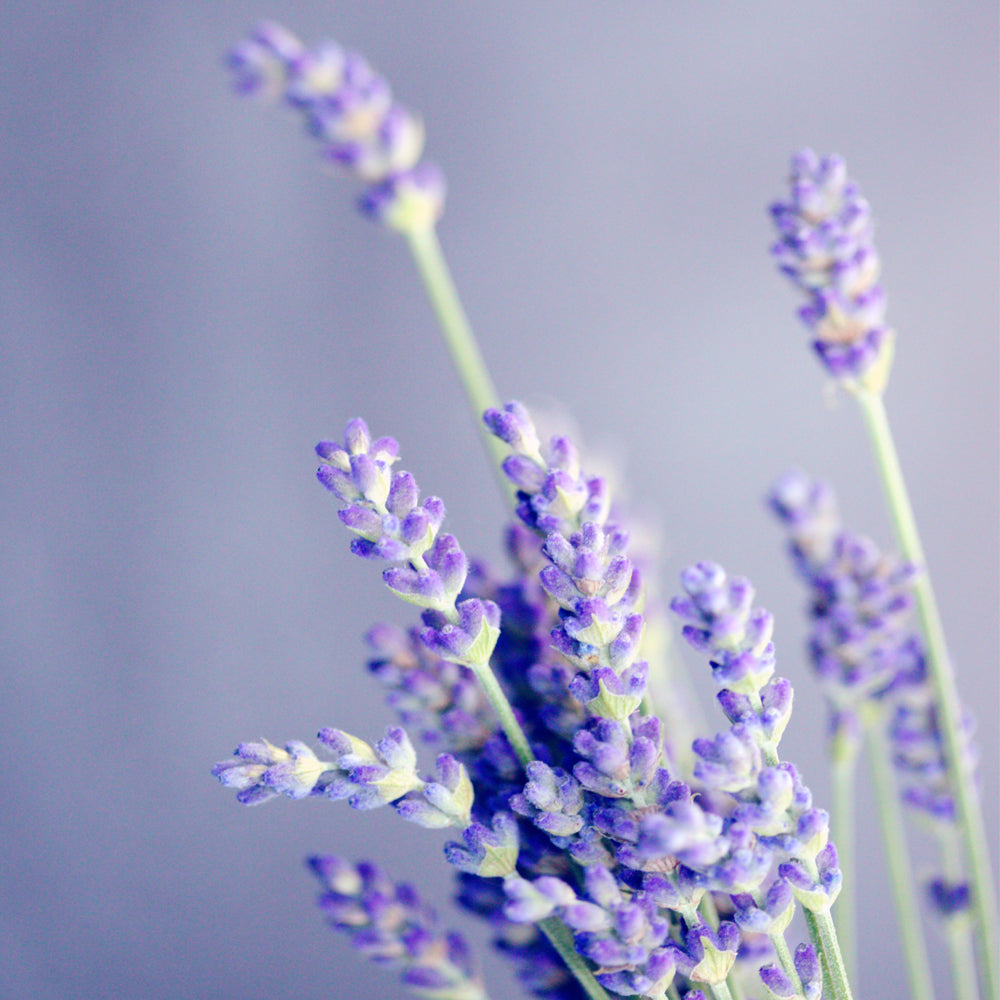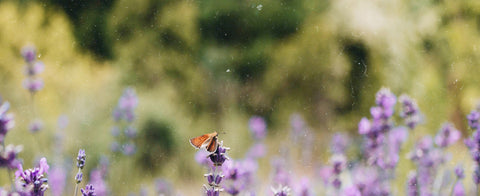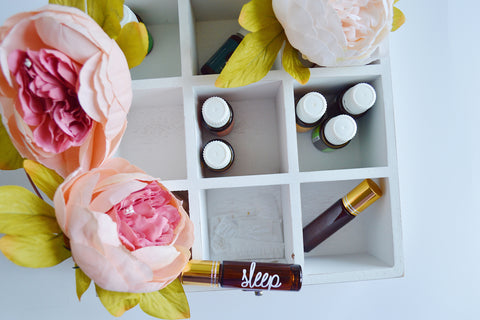9318177934,
8115546718464,
7458565390592,
6311573684409,
6284886343865,
6096332652729,
4491518279760,
9334681422,
2412829016144,
2536659583056,
6328819679417,
6333420667065,
4374582952016,
3636601880656,
7451251245312,
1314817966160,
9313793870,
9466689294,
254464884760,
6592839090361,
9328827534,
9312180110,
10781256206,
9328422606,
9313696782,
9328487054,
6580591001785,
9312257038,
4695240474704,
9311072014,
10815788878,
9329403790,
9328446222,
10068805390,
9313156366,
6580599488697,
6237702914233,
9313238286,
6237701079225,
9328096462,
9328154830,
9312427854,
9312489486,
9319874574,
6580605288633,
6237701832889,
9313736014,
1556990492752,
6237700653241,
6237701243065,
3613525704784,
9328132558,
9320022926,
4593650073680,
4456060616784,
9327893006,
1314152808528,
69252907032,
6237699604665,
6237701341369,
9521780366,
2411474124880,
6580602372281,
4467214811216,
3613189505104,
8115540787456,
8115546718464,
6096350478521,
6096332652729,
9334495502,
1389645955152,
231002603544,
3709034070096,
2411474124880,
2412829016144,
6328819679417,
7458565390592,
6592839090361,
10815788878,
9329403790,
4593650073680,
7949023707392,
8253378101504,
6592839090361,
9329403790,
6307108028601,
6307071983801,
6592902299833,
6269384261817,
9329403790,
10815788878,
4593650073680,
6592839090361,
7949023707392,
8253378101504,
8253378101504,
4593650073680,
7949023707392,
10815788878,
9318177934,
9318966414,
9319041870,
10940726862,
9313238286,
9313156366,
9329403790,
3613246718032,
3613189505104,
10068085390,
4669875388496,
6728990654649,
6731663474873,
1314817966160,
8361977970944,
8362573332736,
8361966338304,
8386585231616,
4491753455696,
4491518279760,
6237701079225,
6237699604665,
6237699834041,
7706674364672,
7739390624000,
7706722500864,
6237699965113,
6237698752697,
9311072014,
10068805390,
9312427854,
256220954648,
9313736014,
9329403790,
3613189505104,
4491753455696,
6728990654649,
6731663474873,
8315750940928,
2370693070928,
3613525704784,
8195233186048,
6899154452665,
7756679971072,
9328827534,
9312489486,
4669875388496,
9311072014,
9328446222,
9328487054,
9328422606,
1556990492752,
9328096462,
9328154830,
9328132558,
6307071983801,
6307108028601,
7451251245312,
3636601880656,
4374582952016,
6269300768953,
9334495502,
3709034070096,
231002603544,
1389645955152,
4467214811216,
9328422606,
9328487054,
9328446222,
1556990492752,
8195233186048,
4669875388496,
9312489486,
9328827534,
9311072014,
3613246718032,
6899154452665,
6592839090361,
7756679971072,
6307108028601,
6307071983801,
9328422606,
3613246718032,
1556990492752,
9328446222,
6899154452665,
9328487054,
9311072014,
9312489486,
4669875388496,
9328827534,
3636601880656,
4374582952016,
7451251245312,
7756679971072,
8195233186048,
6307071983801,
6269300768953,
6592902299833,
6269384261817,
6307108028601,
3636601880656,
4374582952016,
7451251245312,
9319839182,
69252907032,
8315750940928,
8253378101504,
6237699834041,
2411474124880,
2412829016144,
9329403790,
6311569785017,
6311573684409,
230661849112,
69252907032,
2370693070928,
256220954648,
9312257038,
9312180110,
9313238286,
10068085390,
3613189505104,
9329403790,
6728990654649,
6731663474873,
9319041870,
1314817966160,
9313793870,
8361977970944,
4695240474704,
8361966338304,
8253346414848,
8362573332736,
9466689294,
10069783950,
117045166104,
4412534128720,
6592913539257,
7949023707392,
4593650073680,
8253378101504,
10815788878,
4496446521424,
6758020612281,
9313696782,
9319874574,
9334681422,
9327606734,
6838742548665,
9580104462,
1314152808528,
6096350478521,
6328720916665,
8115540787456,
8115546718464,
230661849112,
9334681422,
9327323982,
9327606734,
9327589518,
10780908622,
9320022926,
9319874574,
9320157646,
117045166104,
293009489944,
1314152808528,
1403607285840,
2411474124880,
2412829016144,
9319839182,
2523982069840,
3636601880656,
2536659583056,
4412534128720,
9329403790,
4491518279760,
4374582952016,
6096332652729,
6096350478521,
6284653363385,
6284886343865,
6311569785017,
6311573684409,
6328720916665,
6328819679417,
6333420667065,
6333422534841,
6592839090361,
7443630817536,
7451251245312,
7458565390592,
9521780366,
6237699244217,
6846921310393,
6237697147065,
6237703045305,
6237702488249,
6237699965113,
6237702914233,
6237702750393,
6237702652089,
6237702324409,
6237701931193,
6237701832889,
6237701767353,
6237701669049,
6237701472441,
6237701341369,
6237701243065,
6237701210297,
6237700980921,
6237700817081,
6237700653241,
6237700554937,
6237700456633,
6237700292793,
6237699834041,
6237699604665,
6237698916537,
6237698752697,
6237697999033,
6237697933497,
7706674364672,
7706722500864,
7739390624000,
6580591001785,
6580599488697,
6580602372281,
6580605288633,
9327893006,
9327863822,
8361394438400,
4467214811216,
9328154830,
9328132558,
9328096462,
8330719887616,
9329403790,
7756679971072,
8315750940928,
9312427854,
6899154452665,
6838742548665,
4456060616784,
10068805390,
4491753455696,
69252907032,
9312180110,
3613246718032,
6731663474873,
10940726862,
9313696782,
256220954648,
10781256206,
2370693070928,
9328827534,
3613525704784,
3613189505104,
9311072014,
9313156366,
9313238286,
9312257038,
231002603544,
9311704206,
6728990654649,
6758020612281,
9312489486,
9313736014,
4669875388496,
9580104462,
10069783950,
10068085390,
9320157646,
9320022926,
9329403790,
33425588248,
293009489944,
10780908622,
9319874574,
9319839182,
2401855897680,
4374578987088,
6311569785017,
6333422534841,
7443630817536,
9521780366,
9328827534,
9312489486,
9313736014,
9312180110,
9313696782,
10068085390,
69252907032,
9312427854,
9311704206,
256220954648,
3613189505104,
4456060616784,
4669875388496,
6731663474873,
7756679971072,
8330719887616,
6592839090361,
6307108028601,
6307071983801,
6592913539257,
6269300768953,
6592902299833,
6269384261817,
256220954648,
7443630817536,
7458565390592,
117045166104,
4412534128720,
293009489944,
6580591001785,
9327893006,
9327863822,
8361394438400,
10068805390,
9329403790,
6731663474873,
8253346414848,
4695240474704,
9313793870,
9466689294,
10069783950,
256220954648,
9311072014,
1314817966160,
8386585231616,
9327606734,
9327589518,
9327323982,
3613525704784,
4456060616784,
8330719887616,
6731663474873,
9313736014,
6328720916665,
6328819679417,
9318966414,
6899154452665,
8115540787456,
2523982069840,
2411474124880,
1403607285840,
2401859567696,
6284653363385,
6899154452665,
7451251245312,
9319874574,
9320022926,
10780908622,
9320157646,
33425588248,
293009489944,
9319839182,
4374578987088,
2401855897680,
6333422534841,
6311569785017,
7443630817536,
6580605288633,
3613189505104,
6284653363385,
6284886343865,
254464884760,
27220443160,
1325164691536,
4496446521424,



